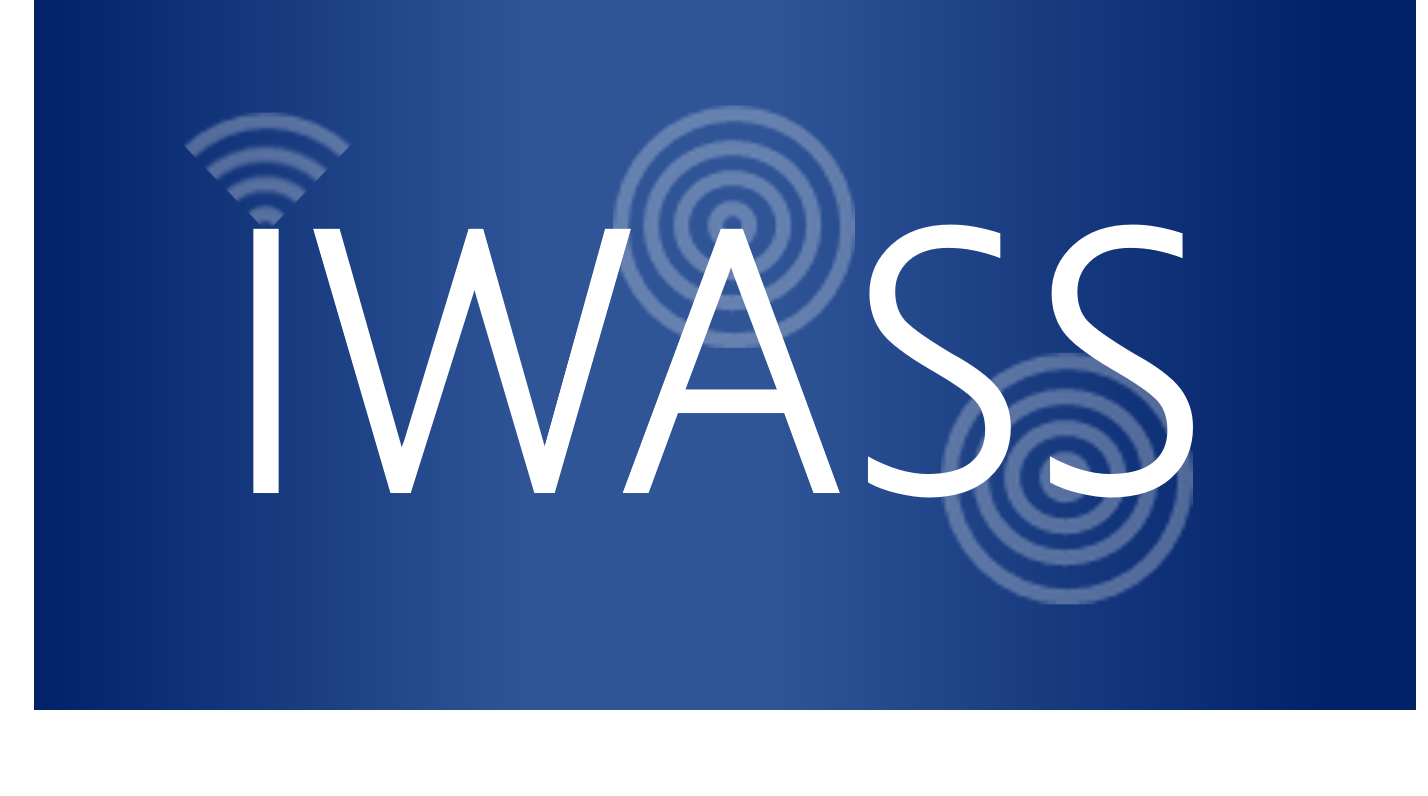Concurrent Task Analysis for Autonomous Systems Safety
/2020 - Ongoing
The Concurrent Task Analysis (CoTA) builds upon Task Analysis (TA) theory and methods. TA was developed in the 1960s and had the initial focus of analyzing human performance. TA has since developed, influenced by the technical challenges in the Human-Computer Interaction (HCI). The CoTA follows a systems perspective rather than emphasizing human performance only: The flexibility of the plans of TA and its hierarchical structure allows modeling the expected behavior of a diversity of parts of the system. Moreover, the re-description of the goals into sub-goals allows the identification of specific tasks in the desired component level. For instance, since a task in software engineering is a computational operation that can be executed concurrently with other computation tasks, it is possible to apply TA in software reliability analysis. A task is thus a function or a function object of a software program. Indeed, TA is similar to a functional decomposition that is often carried out during software development. CoTA adopts the IDA – Information, Decision and Action model, initially developed as a human behavior model of the response of a nuclear power plant crew under accident conditions, to model different agents of a system. This is particularly useful when analyzing the interaction between two or more agents, as it allows for decomposing functions into the same low-level unit of analysis.
An important element of TA is the stop rule, which determines when a re-description should end. Without an appropriate stop rule, re-description may continue indefinitely. CoTA provides specific stop rules that include
explicit modeling of the IDA phases,
identification of interface tasks, which provide input or receive an input from another agent in the from of a command, a request, or data transfer,
identification of parallel tasks, which should be performed at all times and support the execution of the other tasks,
modeling trigger tasks, of which outcome determines the execution of a subsequent task.
The COTA was initially developed in the context of Maritime Autonomous Surface Vessels (MaSS). It has been applied to Autonomous Remotely Operated Vehicles (AROVs). Current developments include extensions and formalization of tasks types, and application to Autonomous Driving Systems and Autonomous Ferries operations. The CoTA can be used for multiple purposes, such as the development of procedures, identification of specific subsystems and components that are necessary for a successful task, identification of failure sources of the human operator or the autonomous system, of tasks that need to be accomplished for a certain outcome, of interface tasks, and analysis of failure propagation.
People
Dr. Marilia Ramos
Dr. Christoph Thieme
Related Publications
GARRICK, J.; MOSLEH, A. Embracing the Risk Sciences to Enhance Air Travel Safety. The Bridge - National Academy of Engineering. June 2020. https://www.nae.edu/234440/Embracing-the-Risk-Sciences-to-Enhance-Air-Travel-Safety
RAMOS, M.; THIEME, C.; UTNE, I.; MOSLEH, A. A generic approach to analysing failures in human – System interaction in autonomy. Safety Science, v. 129. September 2020. ;https://doi.org/10.1016/j.ssci.2020.104808.
RAMOS, M.; THIEME, C.; UTNE, I.; MOSLEH, A. Human-System Concurrent Task Analysis for Maritime Autonomous Surface Ship Operation and Safety. Reliability Engineering and System Safety, v. 195, March 2020. https://doi.org/10.1016/j.ress.2019.106697
RAMOS, M.; THIEME, C.; YANG, X. Human-System Concurrent Task Analysis: An Application to Autonomous Remotely Operated Vehicle Operations. Proceedings to ESREL 2020 PSAM 15, Venice, 2020



